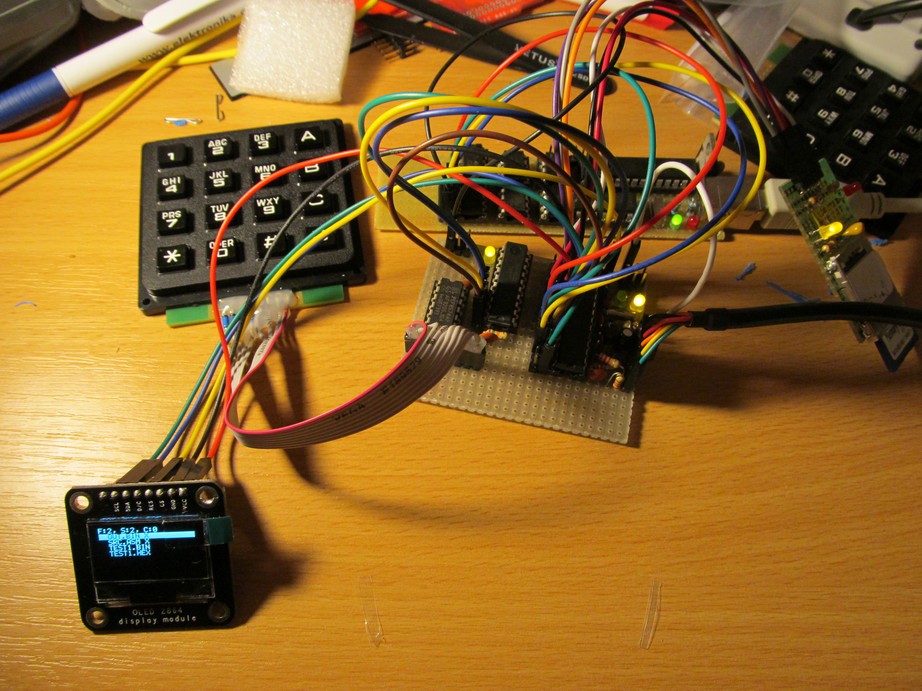Yes, you can. Basically, you have three alternatives with decreasing difficulty level:
1. Use fully populated custom PCB:
That is the variant I chose for my device. It includes soldering AVR in QFN package, so some degree experience and laboratory equipment (though cheap one) is needed.
Eagle schematics and PCB layout, as well as schematics in PDF or PNG formats for simple viewing are available on github.
2, Use custom PCB, partially populated with easy to solder SMD parts and factory made Trinket pro.
This is somehow easier alternative, as all you need is a bit of steady hand. Take the PCB, ignore the dense middle part containing Trinket pro "clone" and solder the real Trinket pro via pin headers. Then populate the rest of SMD components. Don't worry, no QFN packages.
3, Don't use custom PCB at all.
You can choose this alternative, when you don't feel like SMD soldering is for you. Just take schematics and take look at the blocks. You can see Trinket pro 3V and LiIon backpack sections and replace it with factory made Trinket pro and LiIon backpack. In the original schematics, the other parts are SMD components, but with through-hole counterparts available too.
By the way, before could lay my hands on the real Trinket pro and my PCB, I did all the software development on my temporary PCB, assembled on pieces of protoboard.

Disregarding what hardware you use, software can be found on github easily to build and load with arduino IDE.
Happy hacking!
 jaromir.sukuba
jaromir.sukuba
Discussions
Become a Hackaday.io Member
Create an account to leave a comment. Already have an account? Log In.